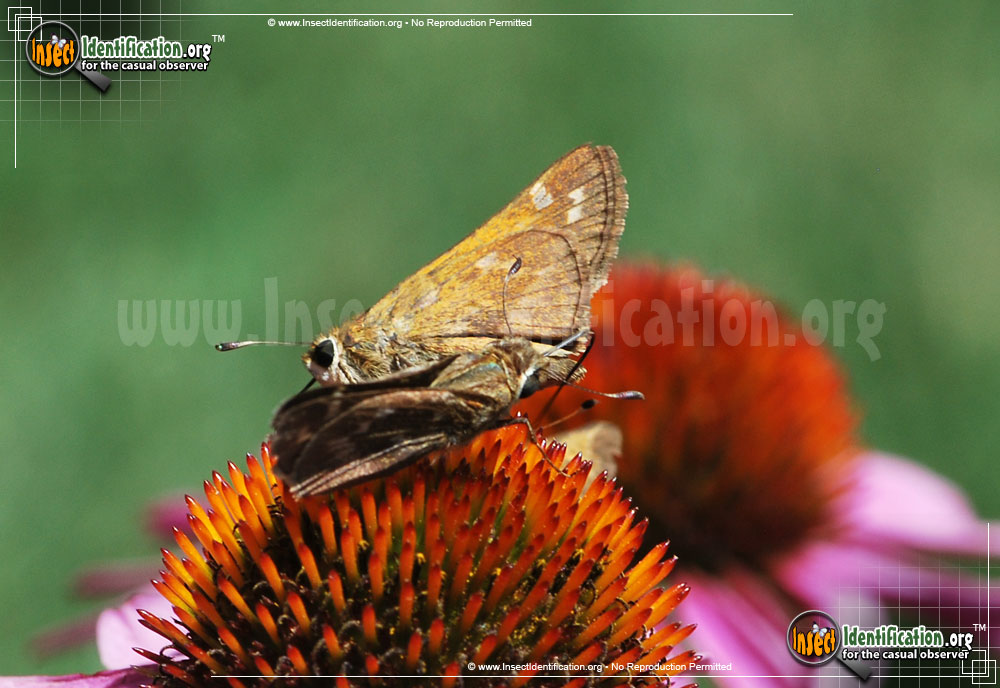

Sachem skipper Patch#
Sexual dichromatism is present in some males may have a blackish streak or patch of scent scales on their forewings. Green colors and metallic iridescence are generally absent.

Yellow, red and blue hues are less often found, but some largely brown species are quite rich-colored too.

Most have a fairly drab coloration of browns and greys some are more boldly black-and-white.

There are some with prominent hindwing tails, and others have more angled wings the skippers’ basic wing shape varies not much by comparison to Papilionoidea however. Skipper wings are usually well-rounded with more or less sharply-tipped forewings. Luckily, if you have a sunny field with blooming clover and short foliage, they can be numerous enough where finding a new subject is quick and easy. It’s extremely difficult to follow her swooping and continual abrupt changes of direction. And it’s the female’s comparatively drab paint job that provides her with excellent camouflage, especially in flight. They are brilliantly orange colored, which makes them highly visible as they dart around with their swift and erratic flight. It’s the male fiery skipper that puts the fire in the skipper. australis), lupine (Lupinus perennis), false lupine (Thermopsis villosa), and crown vetch (Coronilla varia). Wing span: 1 3/8 – 1 5/8 inches (3/5 – 4.1 cm).Ĭaterpillar hosts: Usually wild indigo (Baptisia tinctoria), but also others including wild blue indigo (B. Fully-grown caterpillars from the second brood hibernate. Flight: Two broods from late April to early June and from July to August. Eggs are deposited singly on the host plant. Life history: Males perch in open areas on low shrubs to wait for females. Male has a costal fold containing yellow scent scales female has a patch of scent scales on the 7th abdominal segment. The Delaware skipper uses many varieties of host plants for laying eggs. Identification: Upper side of forewing is dark on the basal half and lighter on the outer half, with a distinct orange-brown patch at the end of the cell. That blue colored hair might seem at home in a mosh pit. Please excuse the hurried shot I wish I’d had more time with this unusually-colored butterfly. This is the only specimen of the checkered skipper I’ve ever seen. They can be extremely numerous under the right conditions, and are some of the earliest springtime flyers. Look for them amidst tall grass, especially near moving water. The least skipper is a small butterfly with a disarmingly weak, fluttering flight. They are extremely fast, erratic flyers, and have no trouble mixing it up with the big boys. What better way to spend a late-summer afternoon? Peck’s skipper is on the small side, but their underwing markings with bright splashes of orange make them some of the most easily identified. They even nudge aside bumblebees and intimidate ruby-throated hummingbirds! I love nothing better than watching skippers twirl and dance with each other while ascending up, and out of sight into the sky. They love zinnias, and are always skirmishing amongst themselves as well as “chasing away” much larger butterflies such as monarchs or tiger swallowtails. The silver-spotted is the largest skipper (ranging up to about 20mm body size) and most numerous of all butterflies in my flower gardens. I have since come to appreciate their antics and admire their flying abilities. Before I started photographing insects, I was completely unaware of these charming little butterflies.


 0 kommentar(er)
0 kommentar(er)
